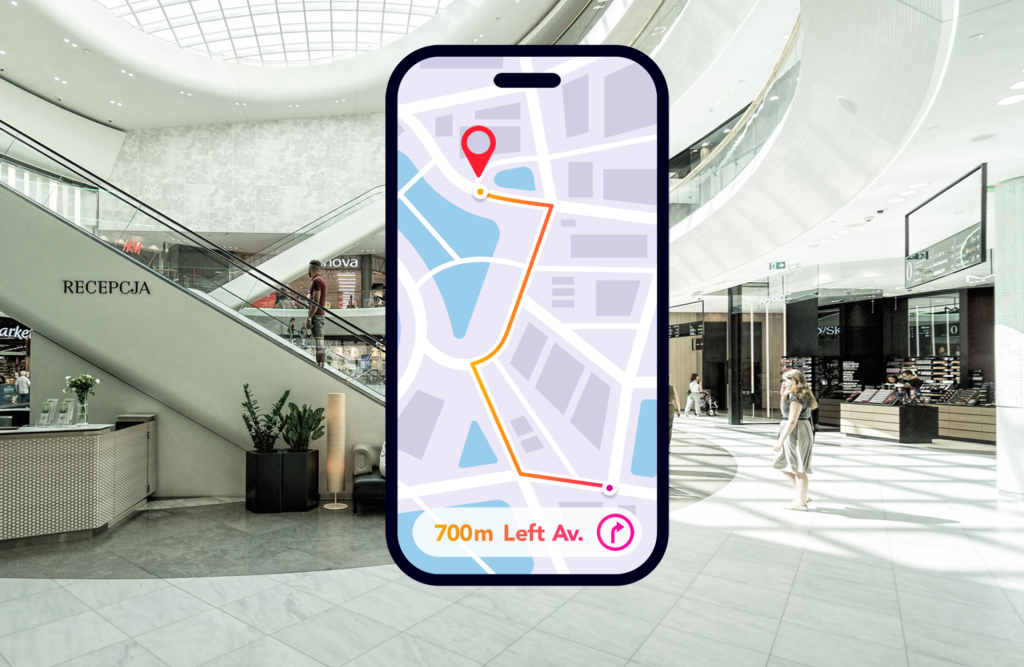How Wayfinding Works: Navigating Complex Environments with Ease
When you step into a bustling airport, a sprawling hospital, or a large educational campus, you may find yourself in unfamiliar surroundings, surrounded by a maze of corridors and buildings. Finding your way in such complex environments can be a daunting task. This is where wayfinding comes into play, offering a lifeline to help you navigate with ease.
In this article, we will explore how wayfinding works, its fundamental principles, and the key components that make it an essential part of enhancing the user experience in public spaces. Wayfinding is a vital aspect of creating a welcoming and efficient environment for visitors and can be achieved through a combination of signage, maps, and digital technology.

The Essence of Wayfinding
Wayfinding is the art and science of providing clear and concise information to help individuals navigate through physical spaces. It goes beyond simple signage; it's about creating a comprehensive system that guides people effectively, whether they're seeking the departure gate in an airport, a specific department in a hospital, or a classroom in a university.
The primary goal of wayfinding is to eliminate confusion and reduce the stress associated with navigating complex environments. To achieve this, it relies on a set of fundamental principles:
Clear Signage
Clear and well-designed signage is the cornerstone of any effective wayfinding system. Signs must be strategically placed at decision points, and their design should be intuitive and easy to understand. This includes using consistent fonts, colors, and symbols for easy recognition.
Mapping the Space
Maps are crucial to wayfinding, providing users with a visual representation of the environment. Digital maps are becoming increasingly popular, offering interactive features that allow users to zoom in, search for specific locations, and receive step-by-step directions. This technology not only aids navigation but also provides a sense of empowerment to users.
Real-Time Updates
In dynamic environments like airports and hospitals, conditions can change rapidly. Wayfinding systems are enhanced by real-time updates, which inform users about gate changes, closures, or delays. This ensures that individuals are always working with the most current information.
Accessibility Considerations
A robust wayfinding system must be inclusive, catering to the needs of all individuals, including those with disabilities. Braille signage, auditory cues, and tactile maps are examples of elements that enhance accessibility. Ensuring that everyone can comfortably navigate a space is a core principle of wayfinding.
The Process of Wayfinding
Let's dive into how wayfinding works in practice:
1. Orientation: Wayfinding begins with establishing a point of reference. When you enter a building or space, you need to know your current location and the destination you wish to reach. This initial orientation helps you form a mental map of the environment.
2. Route Selection: Once oriented, you need to select a route to your destination. This involves identifying landmarks, signs, and directional cues that guide you along the way. It's like connecting the dots on your mental map.
3. Navigation: As you move along your chosen route, you rely on the signage and maps provided by the wayfinding system. These tools give you confidence that you're heading in the right direction, making your journey smoother.
4. Feedback: Feedback is crucial to the wayfinding process. Users need to know they're on the right path and making progress. Signs indicating distances, landmarks, and estimated travel times provide valuable feedback during the journey.
5. Arrival: Wayfinding concludes when you reach your destination. Clear and unambiguous signage and mapping at the destination point ensure that you know you've arrived where you intended to be.
Technology and Wayfinding
With advancements in technology, wayfinding systems have evolved to incorporate digital signage and interactive maps. These innovations provide users with a more dynamic and user-friendly experience. Digital displays can deliver real-time information, including gate changes, event schedules, and emergency alerts. Moreover, users can customize their routes and find specific points of interest within a complex environment.
As we move forward, augmented reality (AR) and virtual reality (VR) are poised to play significant roles in the future of wayfinding. These technologies offer immersive experiences that can overlay digital information onto the real world, making navigation even more intuitive and engaging.
In conclusion, wayfinding is a critical component of creating user-friendly environments in complex public spaces. It's a blend of clear signage, informative mapping, real-time updates, and accessibility features that work together to guide individuals on their journeys. With the integration of digital technology and the promise of AR and VR, the future of wayfinding holds exciting possibilities. The next time you find yourself in a vast and unfamiliar place, remember that wayfinding is there to help you find your way with confidence.
Advertise on APSense
This advertising space is available.
Post Your Ad Here
Post Your Ad Here
Comments